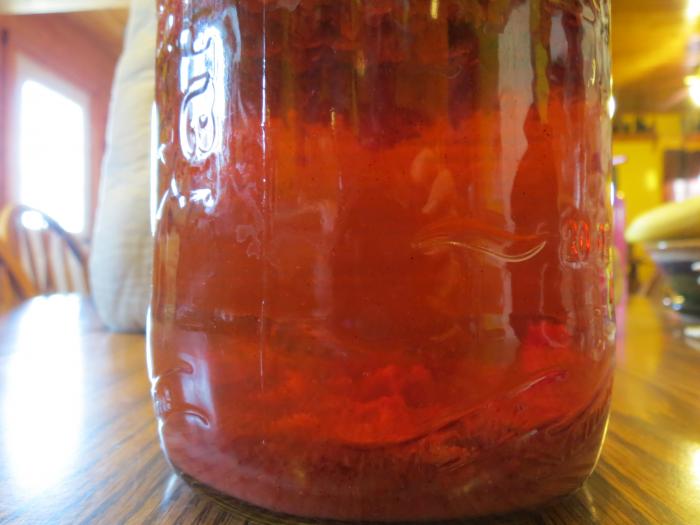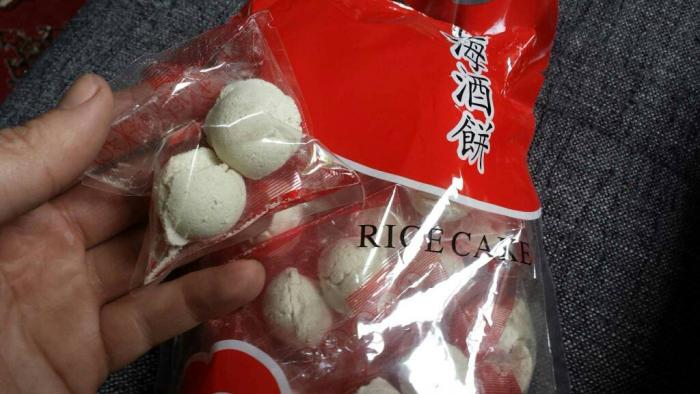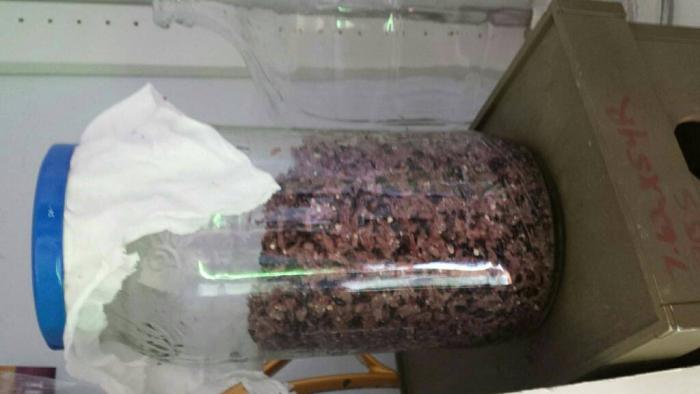DanzigsMISFITS
Well-Known Member
- Joined
- Dec 18, 2013
- Messages
- 275
- Reaction score
- 33
Here is the jar im starsaning right now and the rice...picking up yeast balls from my stepmoms house friday and it begins!!!! Im excited
Mixture of forbidden rice and jasmine

Mixture of forbidden rice and jasmine
































![Craft A Brew - Safale BE-256 Yeast - Fermentis - Belgian Ale Dry Yeast - For Belgian & Strong Ales - Ingredients for Home Brewing - Beer Making Supplies - [3 Pack]](https://m.media-amazon.com/images/I/51bcKEwQmWL._SL500_.jpg)






























